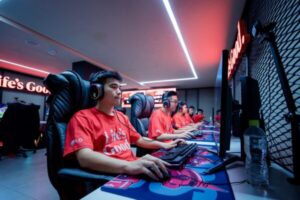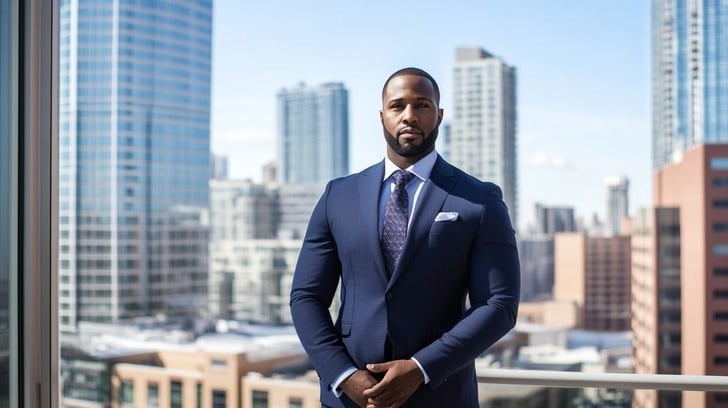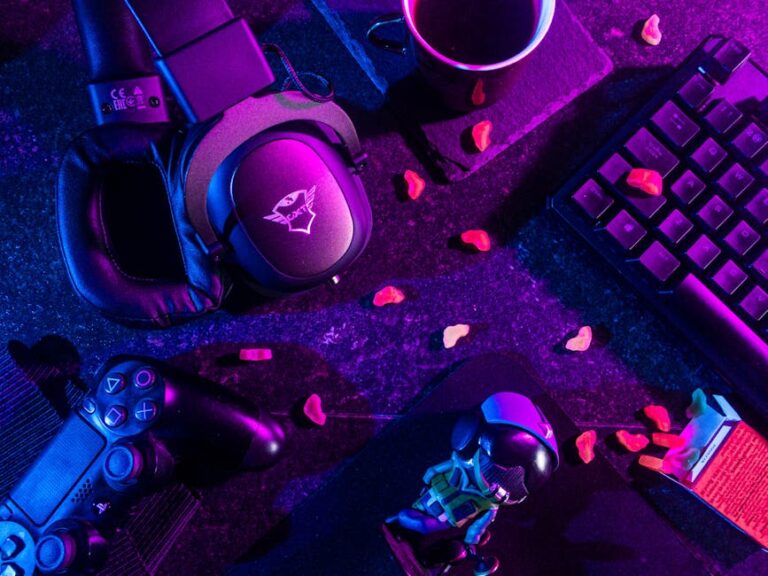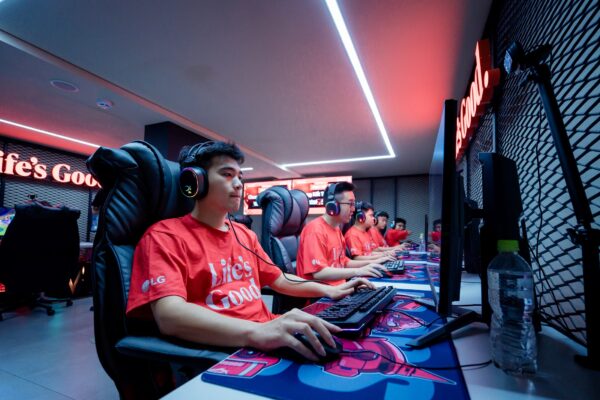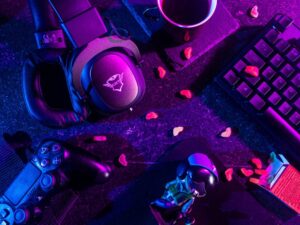In the electrifying world of competitive gaming, the echoes of a major tournament grand final have barely faded before the next season of drama begins. This isn’t a new game release or a balance patch; it’s the player transfer season, a period of intense speculation, high-stakes negotiation, and strategic realignment that can define a team’s fate for the year to come. For fans following Counter-Strike News, this “roster shuffle” is as compelling as the on-screen action itself. A single player transfer is far more than a simple substitution; it’s a complex maneuver with deep-seated implications for team chemistry, strategic identity, and the financial health of an esports organization. These moves, often dominating Esports News for weeks, represent the calculated gambles that separate championship contenders from the rest of the pack. This article delves into the intricate machinery of a professional Counter-Strike roster change, exploring the catalysts, the behind-the-scenes process, and the profound ripple effects that one signing can have across the entire PC Gaming landscape.
The Anatomy of a Roster Change in Competitive Gaming
A roster change is rarely a spontaneous decision. It is typically the culmination of weeks or months of performance analysis, internal discussions, and strategic forecasting. Understanding the components that drive these changes is crucial to appreciating the complexity of building a top-tier team in any competitive title, from FPS Games like Counter-Strike and Valorant News to the biggest names in the MOBA Games genre.
The Catalysts for Change
Several key factors can trigger a roster move. The most obvious is a string of poor results, such as failing to qualify for a Major or repeated early exits from tournaments. This often leads organizations to re-evaluate their lineup to inject new life and skill. However, performance is not the only driver. Internal friction, including personality clashes or fundamental disagreements on strategy between a player and the In-Game Leader (IGL), can poison team chemistry and necessitate a change. Conversely, a player’s individual ambition can be a powerful catalyst. A rising star on a mid-tier team may seek a move to a powerhouse organization to compete for major trophies, forcing their current team to either sell or risk losing them for free when their contract expires. This cycle is a perennial feature of the Gaming Industry, creating a dynamic and ever-shifting hierarchy of teams.
Key Roles and Financial Stakes
In Counter-Strike, not all players are interchangeable. Each role is a specialized cog in a complex machine. The IGL is the team’s brain, responsible for calling strategies mid-round. Replacing an IGL is the most disruptive change imaginable, often forcing the team to learn an entirely new system. The AWPer is the high-impact sniper, a role around which entire strategies are built. Entry fraggers, support players, and lurkers each have distinct responsibilities that must synergize perfectly. A successful transfer involves not just acquiring talent, but finding a player whose specific skillset and playstyle fill a precise need within the existing structure. This process is underpinned by significant financial transactions. Player buyouts—the fees paid to release a player from an existing contract—can run into the hundreds of thousands, sometimes millions, of dollars. These figures, a hot topic in Gaming News, reflect a player’s market value, their recent performance, and the length of their remaining contract, highlighting the professionalization of the Competitive Gaming scene.
Behind the Scenes: How a Pro Player Transfer Unfolds
The journey of a player from one team to another is a multi-stage process that moves from confidential discussions to a public spectacle. While the Gaming Community might first hear whispers on social media or in a Twitch News segment, the groundwork has been laid long before. This process is a masterclass in negotiation, talent evaluation, and brand management.

Step 1: Scouting and Identification
The search for a new player begins with intensive scouting. Team coaches, general managers, and analysts pour over data, but the metrics go far beyond simple kill/death ratios. They analyze advanced statistics like Average Damage per Round (ADR), opening kill success rates, and clutch percentages. This data-driven approach is complemented by the “eye test”—countless hours spent watching demos and VODs to assess a player’s positioning, decision-making, and communication. Scouts look for talent in lower-tier leagues, FACEIT Pro League (FPL), and other online competitions. Crucially, organizations also evaluate “soft skills.” They seek out players with a strong work ethic, a positive attitude, and the ability to handle pressure and receive criticism—qualities that don’t show up on a scoreboard but are vital for long-term success. A player’s performance on their high-end Gaming PC, equipped with top-tier Graphics Cards and Gaming Monitors, is just the starting point.
Step 2: The Negotiation Labyrinth
Once a target is identified, the delicate process of negotiation begins. The acquiring organization will typically approach the player’s current team or their agent to signal their interest. This kicks off a period of intense back-and-forth over the buyout fee. Simultaneously, the organization negotiates personal terms with the player. This includes salary, performance-based bonuses (e.g., for winning a Major), streaming requirements, and the contract’s duration. In modern esports, player agents and specialized lawyers play a critical role, ensuring the contract is fair and protects the player’s interests. This phase is shrouded in secrecy, as leaks can disrupt negotiations or alert rival teams to their plans.
Step 3: The Announcement and Community Reaction
With contracts signed, the final step is the public reveal. This is a carefully orchestrated marketing event. Teams produce high-quality announcement videos, graphics, and press releases, all timed for maximum impact on social media. The goal is to control the narrative, generate excitement among the fanbase, and officially welcome the new player. Immediately following the announcement, the Gaming Community erupts. Fans, analysts, and fellow players take to platforms like Twitter and Reddit to dissect the move, debating whether it will be a success or failure. This intense public scrutiny adds another layer of pressure on both the player and the organization to deliver results.
The Domino Effect: How One Transfer Can Reshape the Landscape
A single high-profile transfer rarely happens in a vacuum. More often than not, it sets off a chain reaction, a domino effect that can alter the competitive balance of the entire professional scene. The consequences of a move are felt immediately within the team and can have long-term strategic implications for the sport.
Immediate Impact on Team Dynamics

The arrival of a new player can bring a “honeymoon period,” an initial surge of motivation and optimism. However, the real work is in integration. The team must rebuild its communication protocols, adjust to new callouts, and develop on-server chemistry. This can be a challenging process. For example, if a team signs a new star rifler who prefers an aggressive playstyle, the existing support player may need to completely change their game to accommodate them. The most significant challenge is integrating a new IGL, which is akin to a traditional sports team learning an entirely new playbook. This adjustment period is often fraught with inconsistent results as the team finds its new identity. The success of this integration often depends on the quality of the team’s support staff, including coaches and sports psychologists, and the player’s ability to adapt using their professional-grade Gaming Peripherals like Gaming Keyboards and Gaming Mice.
Long-Term Strategic Implications
From a strategic perspective, a major signing signals an organization’s intent. Some teams aim to build a “super team” by acquiring established, high-priced stars, a high-risk, high-reward strategy that puts immense pressure on the roster to win immediately. Other organizations focus on scouting and developing young, promising talent, a more sustainable but slower path to success. A single transfer can trigger a flurry of subsequent moves. The team that lost the player now has a vacancy to fill, and the selling team, now flush with cash from the buyout, may look to upgrade their own roster. This can lead to a “transfer carousel,” where multiple teams make changes in response to an initial move, a phenomenon well-documented in Counter-Strike News and other major esports titles like League of Legends News and Dota 2 News.
Blueprint for Success: Assembling a Winning Formula
Building a championship-caliber roster is one of the most difficult challenges in esports. It requires a blend of talent evaluation, strategic planning, and patience. While there is no single guaranteed formula, there are established best practices that successful organizations follow and common pitfalls they strive to avoid.
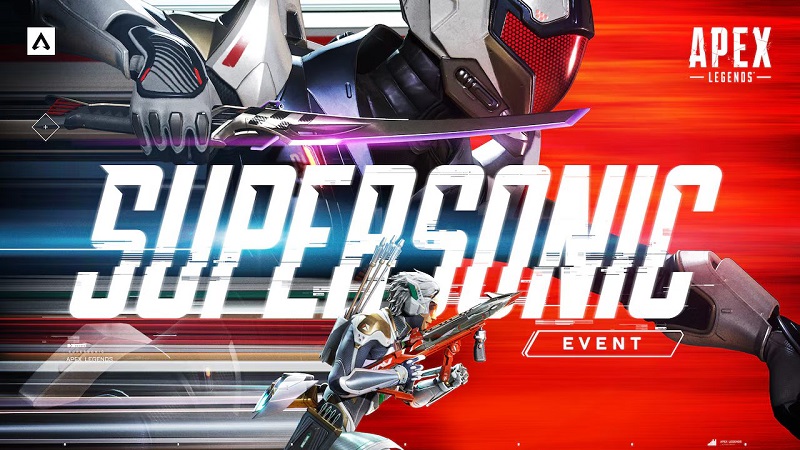
Best Practices for Organizations
Firstly, a clear vision is paramount. An organization must define its desired playstyle—be it slow and tactical or fast and aggressive—and recruit players who fit that philosophy. Secondly, the vetting process must be thorough, going beyond in-game statistics to assess a player’s personality, motivation, and ability to be a good teammate. Thirdly, providing a robust support structure is non-negotiable in modern esports. This includes not just a head coach but also analysts, sports psychologists, and performance managers. Finally, patience is a virtue. Chemistry and synergy are not built overnight. Giving a new roster adequate time to gel, even through initial struggles, is often the key to unlocking its full potential. This professional approach is what separates fleeting success from a dynasty, whether in Battle Royale games or tactical shooters.
Common Pitfalls to Avoid
One of the most common mistakes is the “plug and play” fallacy—the belief that adding a single star player will magically solve all of a team’s problems. Without proper integration and role definition, even the best player can fail. Another major pitfall is ignoring team chemistry. A roster of five mechanically gifted but incompatible personalities is a recipe for disaster. Lastly, many teams fall into the trap of making reactive, short-term moves out of panic. The most successful organizations operate with a long-term strategy, building a core that can grow and evolve together over multiple seasons, creating a stable foundation for consistent contention.
Conclusion
The world of professional Counter-Strike roster shuffles is a captivating microcosm of the entire Esports News landscape. These transfers are far more than names changing on a jersey; they are complex strategic decisions involving immense financial investment, deep analytical scouting, and delicate human dynamics. They represent the relentless pursuit of excellence that defines Competitive Gaming. For the players, a transfer is a career-defining opportunity fraught with pressure. For organizations, it is a high-stakes gamble that can lead to glory or ruin. And for the fans, it is the off-season drama that fuels endless debate and keeps the Gaming Community engaged. Ultimately, the constant churn of rosters ensures that the scene never stagnates, pushing teams to constantly adapt and innovate in their quest for the next major championship trophy.


